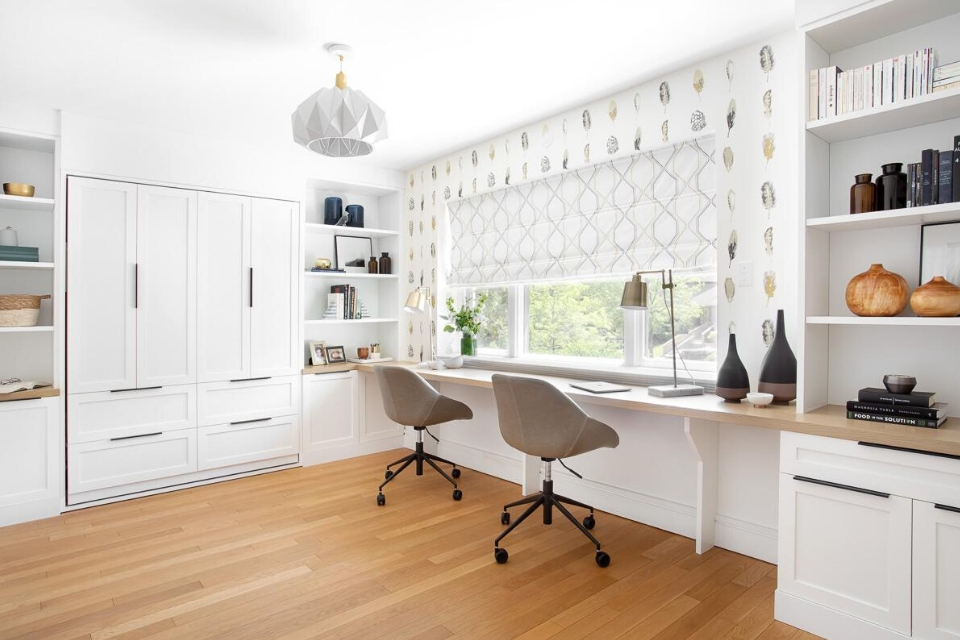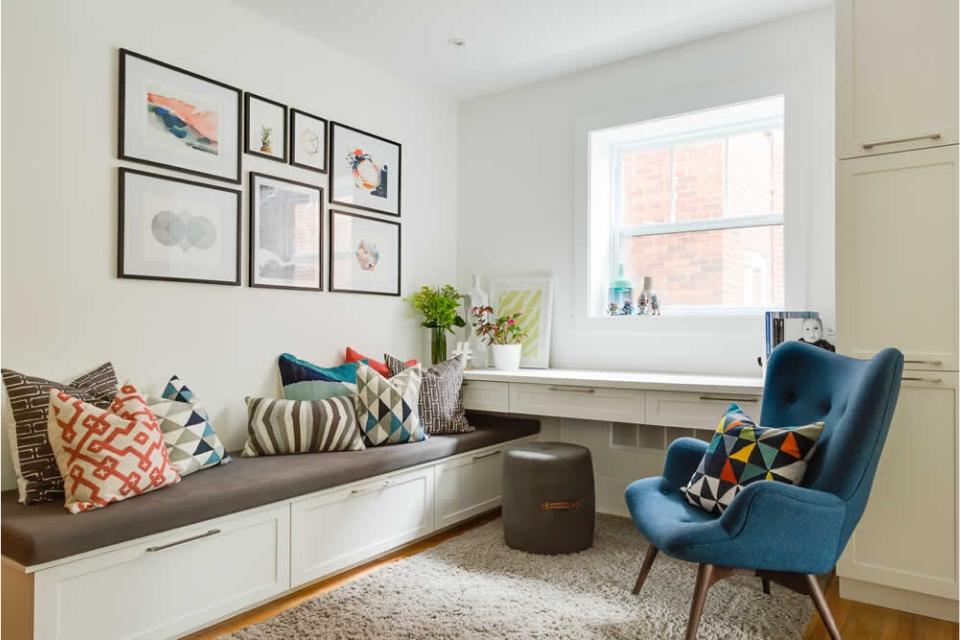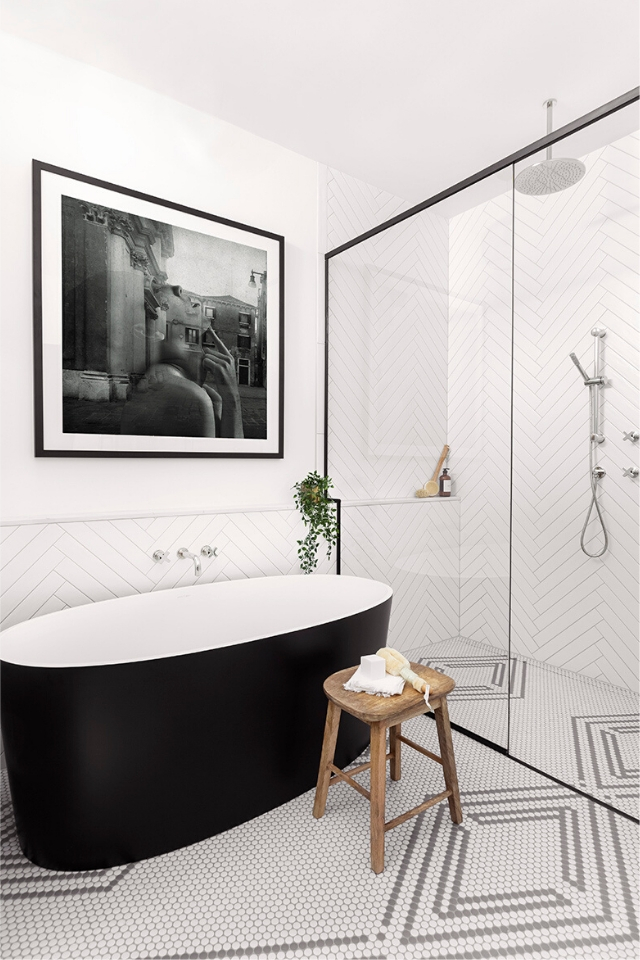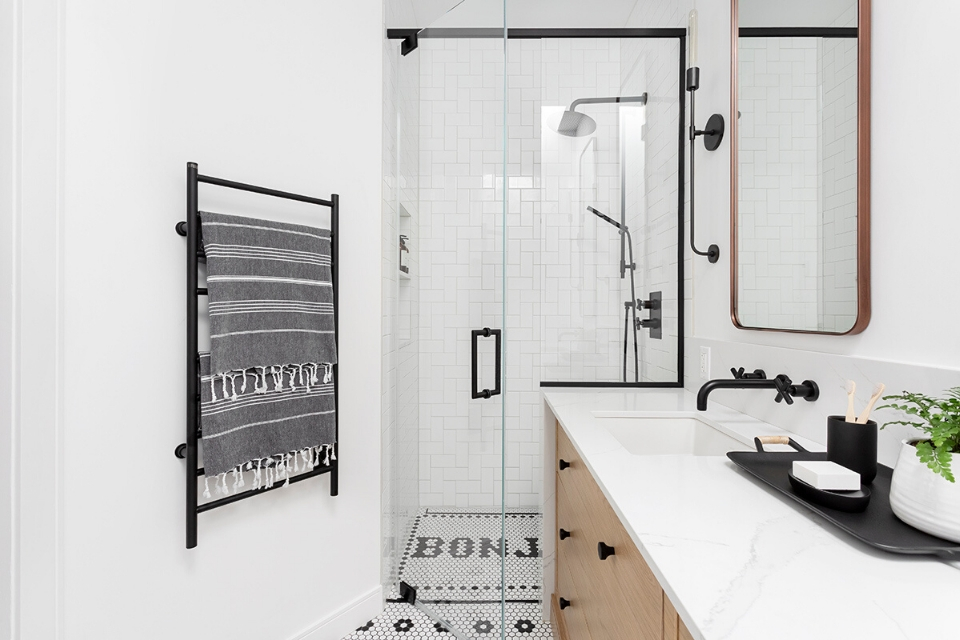Versatile Home Design
May 25, 2020 | Carpet One Floor & Home
To date, 2020 has put many things into perspective. The pandemic has caused many to reflect on how we live in and use our homes. Indeed, being catapulted into a new lifestyle—particularly when change happens quickly—really makes us question and evaluate the choices we have made.
Having a versatile home is more important now than ever. Life has been known to throw us curveballs, and adapting to them is nothing new. Whether it is a adult child who decides to now move back home, or a change in physical abilities as we age, there will always be surprises around every corner. For this reason, our homes need to remain adaptable, flexible and always functional, regardless of what life throws our way.
Building or remodeling a home that can evolve with you will maximize your property investment. An adaptable home is not only useful for the residents who currently live there (you!) but it also works wonders for the home's resale value when you choose to sell. Start by thinking about how your life can change over the next five, 10 or 15 years, and how your home can grow as you do.
Some of our clients ask us for permanent solutions to very temporary pain points that they experience during relatively short periods of their lives. A great example is young children. We often design spaces for families, and given that we also have families of our own, we understand the evolution of a growing child and the different stages that your home needs to cater to. The key is finding the right balance between what works now for your family and what will also still work for the family a few years down the road.
Multi-Functional Spare Room
Whether you’re living in a small condo or a five-bedroom home, maximizing your living area is always a smart move. For example, the guest bedroom. Do you host overnight stays often enough to warrant a dedicated room 365 days a year? Rather than giving up prime real estate for a room that will only be used twice a year, consider giving the space a dual purpose, such as a home-office-and-guest-room, all in one.

 Bringing multi-function to the room will accommodate both occasional guests when they drop in, while offering year-round use for additional activities such as work, exercise, relaxation, crafts, sleeping, playing or storage.
Bringing multi-function to the room will accommodate both occasional guests when they drop in, while offering year-round use for additional activities such as work, exercise, relaxation, crafts, sleeping, playing or storage.
Pro Tip: Murphy beds are one of our favorite multi-function pieces, and they've come a long way from the functional but aesthetically challenged design of the past. Modern styles offer both comfort and style, and can be easily integrated into custom cabinetry, seamlessly blending into the existing decor.
Forward-Thinking Bathroom
Adaptability means looking ahead to the future and anticipating the household's needs. For those who are reaching their retirement years and plan to age in place, the bathroom is ground zero for adaptation. Some thoughtful changes can bring peace of mind when elderly guests come to visit, or being prepared for when you might need a helping hand.

 Contrary to popular belief, there are many ways to incorporate safety into a bathroom without making it look like something straight from a retirement home. Grab bars can be disguised as sleek towel bars. Instead of doorknobs, install levers. Flooring material can be selected for its non-slip properties. And barrier-free walk-in showers are actually aesthetically more pleasing than those with a sill.
Contrary to popular belief, there are many ways to incorporate safety into a bathroom without making it look like something straight from a retirement home. Grab bars can be disguised as sleek towel bars. Instead of doorknobs, install levers. Flooring material can be selected for its non-slip properties. And barrier-free walk-in showers are actually aesthetically more pleasing than those with a sill.
Pro Tip: Consider integrated options such as safety features at the beginning of the construction process. For example, installing a grab bar horizontally instead of on a diagonal is only feasible if the wall is reinforced before it’s closed. Because studs are placed 16 inches apart, in order for an 18- or 24-inch grab bar to be secured to a stud, it usually has to be installed on an angle. Working with a design professional during the planning process will ensure your needs are factored into the design from the outset.
An evolving home is as much about having forethought as it is about creative flair and technical know-how. Working with a professional designer will ensure your needs are being met, both now and into the future.